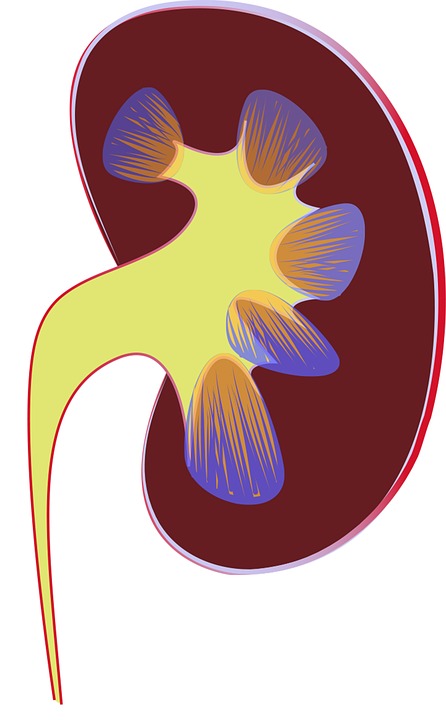
Removed by urinary stone surgery?
2019-10-31 00:31:16

Absences come down near the bladder
Treatments for urolithiasis include atmospheric therapy, pharmacotherapy, extracorporeal shock lithotripsy, ureteroscopy, percutaneous nephrolithotripsy, laparoscopic surgery, and laparotomy.
Although the frequency of laparotomy or laparoscopic surgery has been greatly reduced due to recent advances in surgical techniques and machinery, laparotomy may be performed if the above-mentioned treatments are ineffective.
Urinary tract stones may cause pain in the lower abdomen, testicles, and scrotum in men, and in women, to the genital area.
Bladder irritation, such as urinary frequency, can also occur when the stone is placed near the bladder.
Severe pain is accompanied by nausea, vomiting, bloating, and hematuria due to urolithiasis.
Severe cases can also cause urinary tract infections, hydronephrosis, and kidney failure.
In the past, vascular surgery was mainly used, but since 1980, the development of endoscopy, extracorporeal shock wave lithotripsy, ureteroscopes and masonry has greatly reduced complications and sequelae in the treatment of stones, resulting in rapid recovery and shortening of treatment period.
have.


![[SBS Cool Neighborhood 2] MC Han Hye-jin finds her ideal type?!](https://kroamer.com/upload/trending/thumb-XjZ1726214517944_600x1350.jpg)

![[Live Happy Dream Lotto 6/45] - <Musical actor Kai, who shares through music and culture, appears as the golden hand of ‘Live Happy Dream Lotto 6/45’>](https://kroamer.com/upload/trending/20240912135642_0.png)



